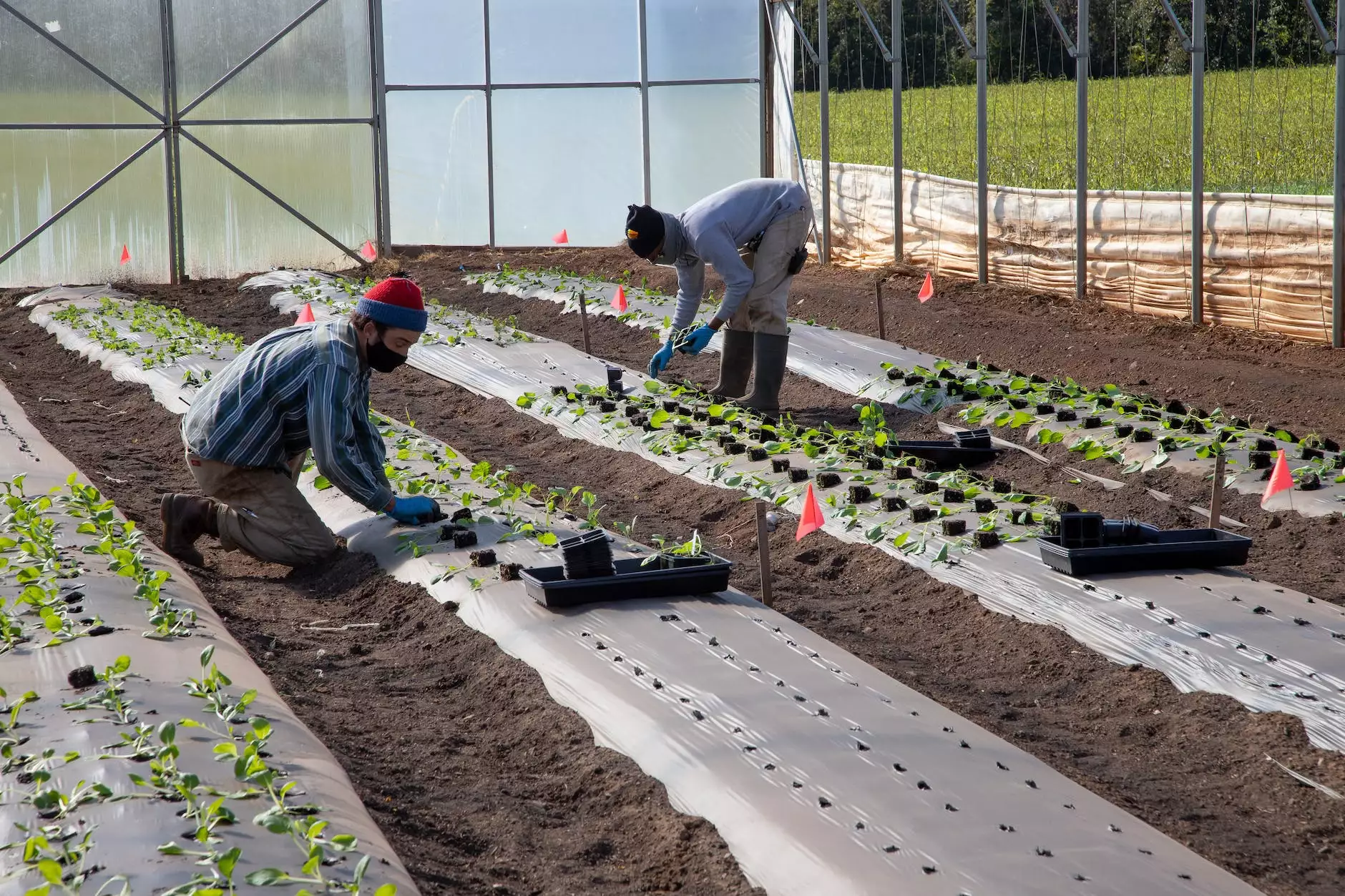Despite Reputation, Farmers Consider Bamboo as Cash Crop

The Rising Popularity of Bamboo in Agriculture
In recent years, there has been a significant shift in the agricultural sector as farmers are increasingly recognizing the potential of bamboo as a highly profitable cash crop. Despite its previous reputation as an ornamental plant or construction material, bamboo is now gaining traction as a sustainable and versatile crop with numerous economic benefits.
1. Economic Opportunities
Bamboo cultivation offers farmers an array of economic opportunities. Its rapid growth cycle, relatively low maintenance, and high yield make it an attractive option for farmers seeking to diversify their income. The demand for bamboo in various industries, including construction, furniture, paper, and textile, provides farmers with a stable market and the potential for long-term profitability.
2. Environmental Benefits
One of the key reasons farmers are turning to bamboo is its positive environmental impact. Unlike traditional crops, bamboo has a remarkable ability to sequester carbon dioxide, making it an effective tool in combating climate change. Additionally, bamboo plants efficiently absorb and retain water, reducing the risk of soil erosion and improving water quality. By cultivating bamboo, farmers can contribute to a more sustainable and ecologically balanced agricultural system.
3. Versatility and Market Demand
Bamboo's versatility is another appealing factor for farmers seeking a cash crop. Apart from its traditional uses in construction and furniture, bamboo products such as textiles, biofuels, and even bamboo shoots for culinary purposes are gaining popularity worldwide. The increasing market demand for eco-friendly and sustainable alternatives has created opportunities for farmers to tap into various industries and adapt their production to meet consumer needs.
Best Practices for Bamboo Cultivation
1. Ideal Growing Conditions
Bamboo thrives in a variety of climates, but it typically prefers tropical and subtropical regions. It grows best in well-drained soil with a slightly acidic pH level. Adequate sunlight and regular watering are essential for its healthy growth. Conducting a soil analysis and choosing bamboo varieties suitable for the local climate are vital steps in ensuring successful cultivation.
2. Propagation and Maintenance
Bamboo can be propagated through both seeds and rhizomes. While seed propagation offers genetic diversity, rhizome division allows farmers to replicate existing high-yielding bamboo plants. Regular maintenance practices include pruning, weed control, and providing appropriate support for taller bamboo species. Understanding the growth habits and specific requirements of the chosen bamboo variety is crucial for ensuring optimal yields.
3. Harvesting and Processing
Bamboo can be harvested when the culms (stems) reach their maturity, which varies depending on the species. Careful harvesting techniques are necessary to avoid damage to the remaining plant. Once harvested, bamboo can be processed into various products. Processing methods include drying, curing, and treating the bamboo to enhance its durability and usability, preparing it for its intended market.
Conclusion
The perception of bamboo as an economic and environmentally friendly cash crop is rapidly changing among farmers. Its versatility, high market demand, and potential for profitability make it an attractive choice for those seeking sustainable and diverse agricultural practices. By incorporating bamboo cultivation into their farming operations, farmers can unlock a host of economic opportunities and contribute to a greener, more sustainable future.




